What is the difference between 201 stainless steel and 304 stainless steel?
 What is the difference between 201 st...
What is the difference between 201 st...(1) According to the main chemical composition, it can be divided into chromium stainless steel, chromium-nickel stainless steel, chromium-manganese-nitrogen stainless steel, chromium-nickel-molybdenum stainless steel, ultra-low carbon stainless steel, high-molybdenum stainless steel, high-purity stainless steel, etc.;
(2) According to the performance characteristics and uses of steel, such as nitric acid-resistant (nitric acid grade) stainless steel, sulfuric acid-resistant stainless steel, pitting-resistant stainless steel, stress-resistant stainless steel, high-strength stainless steel, etc.
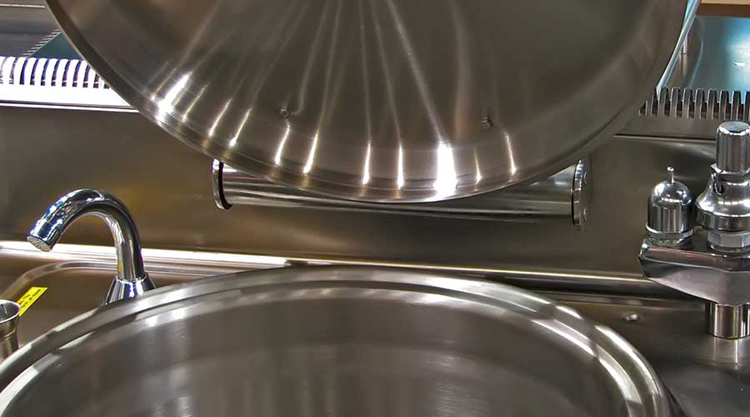
(3) Classification according to the functional characteristics of steel, such as low-temperature stainless steel, non-magnetic stainless steel, free-cutting stainless steel, superplastic stainless steel, etc.
(4) American classification method: characteristics and uses of 200, 300, and 400 series products. (201, 202, 300, 301 materials are similar, mostly used for decorative materials).
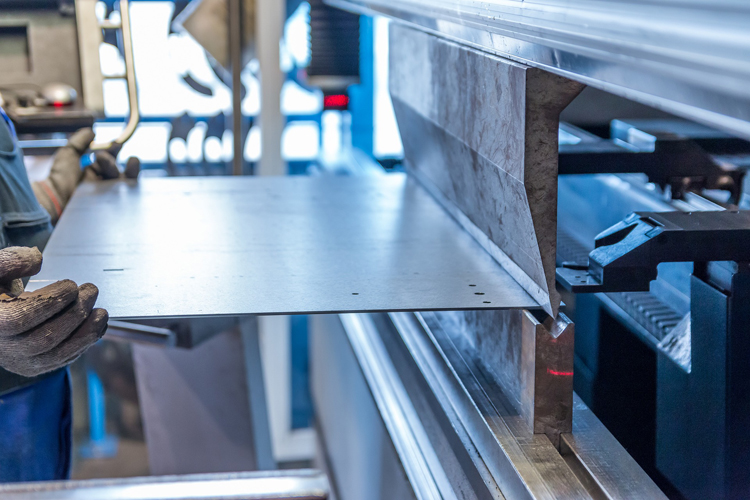
200 Series: Austenitic stainless steel. Features: Low Ni content, easy to rust. Rust removal: use brightening cream, water-based brightening cream, smooth water, anti-rust: protective film liquid, water-based protective film liquid.
Uses: make stainless steel strips for decorative materials, stainless steel doors and windows, stainless steel stair handrails, anti-theft nets, etc.
300 Series: Austenitic stainless steel. Features: high Ni content, good corrosion resistance. Uses: used in industry, chemical equipment, printing and dyeing equipment, etc.
400 series: Ma austenitic, ferritic stainless steel. Features: Does not contain Ni, easy to rust. Anti-rust, used for tableware, knives and cutting tools.

(5) Usually classified by metallographic structure
Austenitic (A) Type Stainless Steels: Austenitic stainless steels are designated by numbers in the 200 and 300 series. Its microstructure is austenite. It is formed by adding appropriate nickel (the mass fraction of nickel is 8% to 25%) in high chromium stainless steel.
1Cr18Ni9Ti (321), 0Cr18Ni9 (302), 00Cr17Ni14M02 (316L)
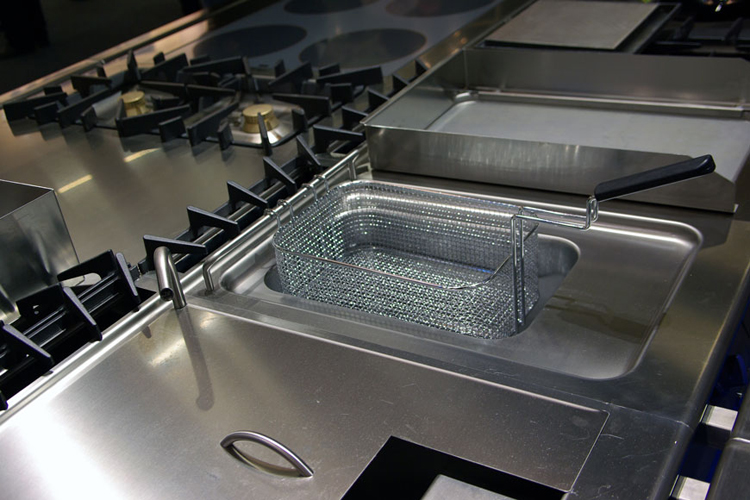
Advantages: easy to weld, good plasticity (not easy to break), more deformation, good stability (not easy to rust), easy to passivate. Disadvantages: However, it is particularly sensitive to the medium containing chloride ions (CL-) in the solution, and is prone to stress corrosion.
Ferritic (F) type stainless steel: 400 series numerical representation. Its internal microstructure is ferrite, and its mass fraction of chromium ranges from 11.5% to 32.0%. With the increase of chromium content, its acid resistance also improves. After adding molybdenum (Mo), it can improve the ability of acid corrosion resistance and stress corrosion resistance. 00Cr12, 1Cr17 (430), 00Cr17Mo, 00Cr30Mo2, Crl7, Cr17Mo2Ti, Cr25, Cr25Mo3Ti, Cr28, etc.
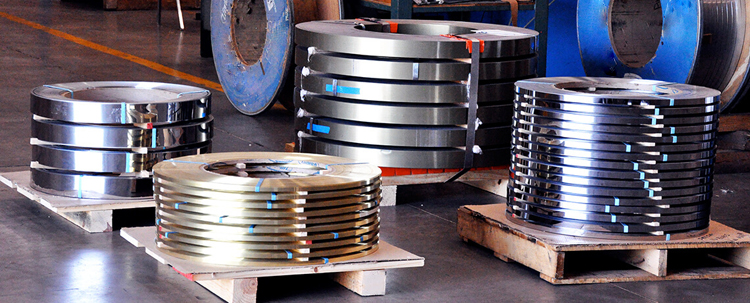
Advantages: high chromium content, good thermal conductivity, good stability, and good heat dissipation. Disadvantages: But the mechanical properties and process properties are poor.
Uses: It is mostly used for acid-resistant structures with little stress and as anti-oxidation steel, such as stoves, exhaust pipes (behind motorcycles).
Martensitic (M) type stainless steel: Number representation of the 400 series. Its microstructure is martensite. The mass fraction of chromium in this type of steel is 11.5% to 18.0%, but the mass fraction of carbon can be up to 0.6%. The increase in carbon content increases the strength and hardness of the steel. A small amount of nickel added to this type of steel can promote the formation of martensite and at the same time improve its corrosion resistance. 1Cr13 (410), 2Cr13 (420), 3Cr13 (), 1Cr17Ni2
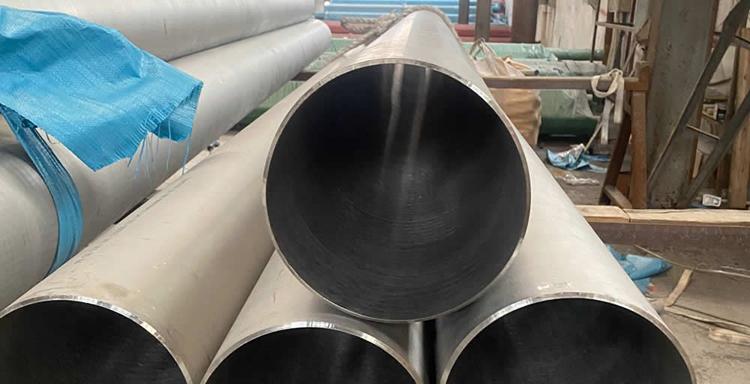
Advantages: high carbon content, high hardness. Disadvantages: This type of steel has poor plasticity and weldability. Uses: molds, underground pipes, knives, cutting tools, tableware, bolts, nuts.
Duplex stainless steel
(Duplex) Ferritic-Martensitic Steel Stainless Steel:
(Duplex) Martensitic-Carbide Steel Stainless Steel:
(Duplex) Austenite/Ferrite (A-F) Type Stainless Steel: Its microstructure is austenite plus ferrite. Stainless steel with a volume fraction of ferrite less than 10% is a steel developed on the basis of austenitic steel.
(Duplex) Austenitic-Martensitic (A-M) Type Stainless Steel:

Advantages: easy to form and weld, high strength (C can reach 100-150) and good thermal strength,
Disadvantages: However, due to the lower chromium content and the precipitation of chromium carbides during heat treatment, the corrosion resistance is lower than that of standard austenitic stainless steels.
Uses: At present, this type of steel is mainly used in the aviation industry and the production of rockets and missiles. It is not widely used in general machinery manufacturing, and they are also classified as ultra-high-strength steels.
 What is the difference between 201 st...
What is the difference between 201 st... Why is 316 stainless steel better tha...
Why is 316 stainless steel better tha... 400 series stainless steel science
40...
400 series stainless steel science
40... How to distinguish the processing tec...
How to distinguish the processing tec... Non-standard design materials of bras...
Non-standard design materials of bras... What type of titanium alloy does Tc4 ...
What type of titanium alloy does Tc4 ...